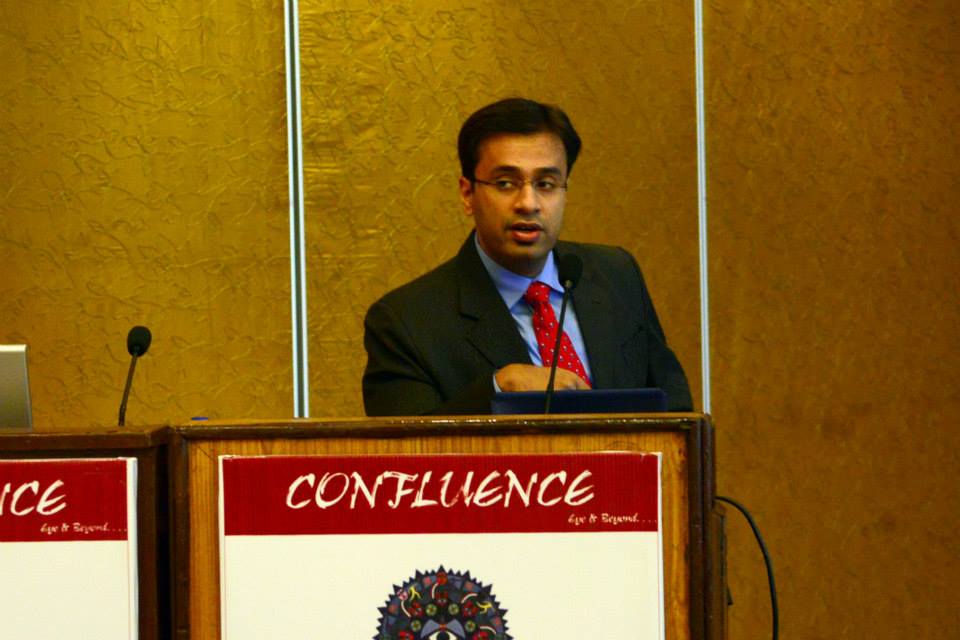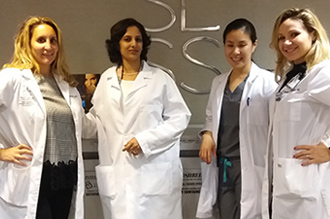Head lice (pediculosis capitis) are a very common, itchy, highly contagious condition that often occurs in nurseries, day care centers, and schools. It is caused by infestation with the human head louse, Pediculus humanus capitis.
Lice are very small insects that feed on human blood. In head lice, the female louse attaches her eggs to the base of hair shafts. The eggs (nits) hatch 8–10 days later. While the adult louse cannot survive more than 2 days off of the human head, a nit can stay alive for up to a month off the body (on clothes, hairbrushes, or carpets, for example). Lice can spread from child to child by close personal contact and by sharing belongings.
Children aged 3–10 are most likely to become infested. Girls are more likely to have head lice than are boys.
The most common locations for head lice infestations include:
Moving lice or non-moving nits may be seen on the scalp and hair. Each louse is approximately 1–2 mm long and is white-gray in color. The white nits are smaller (0.5 mm), are firmly attached to the hair shaft, and are usually located very close to the scalp. Small red bumps may be seen on the scalp, neck, and shoulders. Occasionally, the lymph nodes behind the ears or in the neck may be swollen. Head lice infestations are quite itchy.How can you take care?
For more information on Dr. Rinky Kapoor’s work, click on: theestheticclinic.com/dr-rinky-kapoor.html





